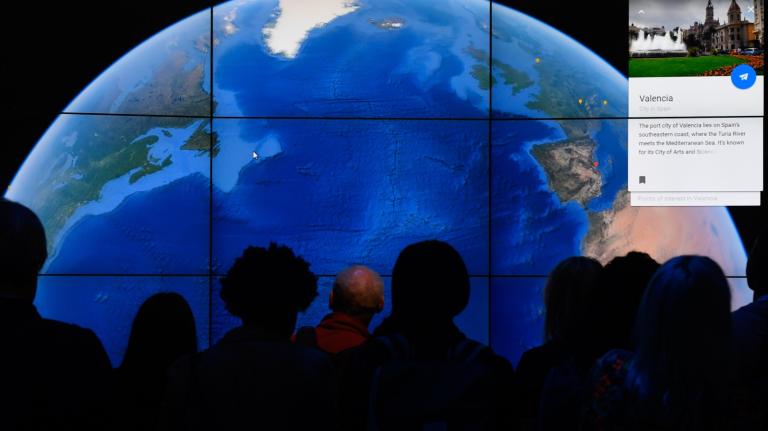After the March 2011 Fukushima Daiichi nuclear meltdown, Japanese leaders vowed to phase out nuclear power over the next two decades, but new Prime Minister Shinzo Abe isn’t having any of that.

The reactors at Fukushima.
Speaking to Parliament on Thursday, Abe said nuclear plants around the country would restart after meeting stricter safety standards and instituting upgrades, an expensive process that could take months if not years to complete. Japan used to get a third of its energy from 50 nuclear plants. From The New York Times:
On Thursday, Mr. Abe said that Japan had learned the need for tougher safety standards from the Fukushima accident, which forced more than 100,000 people to evacuate. He said the new safety standards will be enforced “without compromise.”
Mr. Abe also said Japan would continue seeking energy alternatives to reduce its dependence on nuclear power, even without going so far as to eliminate it.
In January, the new nuclear agency [the Nuclear Regulation Authority] released a list of its proposed new safety regulations, which include higher walls to protect against tsunamis, additional backup power sources for the cooling systems and construction of specially hardened earthquake-proof command centers. According to a report by the newspaper Asahi Shimbun, none of Japan’s 16 undamaged commercial nuclear plants would currently pass those new standards.
The newspaper said making the necessary upgrades to meet the proposed guidelines would cost plant operators about $11 billion, in addition to improvements already made after the Fukushima accident. The agency has said the new guidelines will be finalized and put in place by July 18.
Japan has already restarted two of its nuclear plants in order to meet power demands, but given the new safety rules, it’s unlikely that more will open this year. Financial analysts expect that will keep up record demand for natural gas in the country. Japan’s greenhouse gas emissions might go down a bit with the nuclear refire, but there’s still the whole matter of preventing another Fukushima-level catastrophe.
The Nuclear Regulation Authority has released some of the new safety and evacuation guidelines for the next meltdown, including distribution of iodine tablets to people living near nuclear plants, and more strict rules on when residents must leave their homes. Feeling better yet?
Hey, at least reactors sitting directly on top of earthquake faults won’t be allowed to restart …



